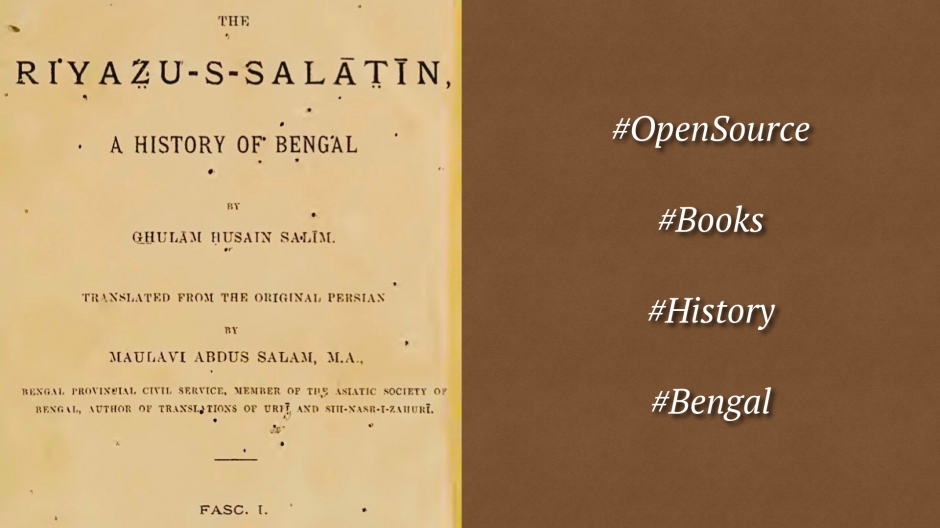The complete Ājnāpatra (आज्ञापत्र), or the Royal Edict is available as an English translation from the Digital Library of India (DLI)
This translation was published in the Journal of Indian History, Volume VIII ,Part 1 in the year 1929 (Serial No. 22).
In this Volume, the text of the Adnyapatra has been split into 2 parts. The first section is in pages 81 – 105. The second section is in pages 207 – 233.
This is a very important primary source to gain an insight into the administrative setup of Shivaji’s kingdom, foreign/trade policy, management of forts, weapons and armoury of the time, duties of a king, practical wisdom on how to keep employees happy and satisfied, the nature of rewards and remuneration. It also describes the policy towards watandars and hereditary grants. It ends with a treatise on naval policy.
From the Introduction:
This Ājnāpatra was first published in the Marathi Monthly Vividha-dyānavistāra in 1875 and 1876. The original manuscript from which it was printed seems to have been lost. It was reprinted in the same magazine in 1890 and 1891. […] It was issued on November 21, 1716, by Sambhaji of Kolhapur (1712-1760). Rāmachandrapant Amātya is responsible for the contents. The importance of the work is due to Rāmachandrapant’s knowledge of Maratha state policy and the political events during the most important period of Maratha history from 1672 to 1717. He took part in the establishment of Swarājya under Śivāji, in its protection under Rājarām and Tārābai, and in the civil war between Tārābai and Shāhu. […] It mainly relates to the methods and principles of Śivāji the Great. They were approved of as the best, and laid down as the standard to be followed. This Ājnāpatra consists of nine chapters relating to various aspects of state policy. It seems to have been written when Rājarām was alive (1700), but issued later in 1716 under Sambhaji’s order.
Contents
- Troubles of the Kingdom during the War of Independence
- Troubles of the Kingdom during the War of Independence (Continued)
- The General principles of State Policy and Organisation
- Administrative and Ministerial Policy & Organisation
- Commercial Policy
- Policy towards Watandārs
- Policy regarding Hereditary Vrittis and Inams
- Policy about Forts and their Construction and Organisation
- Naval Policy
Download the scanned PDF from this page on the DLI site. [49.6 MB]

